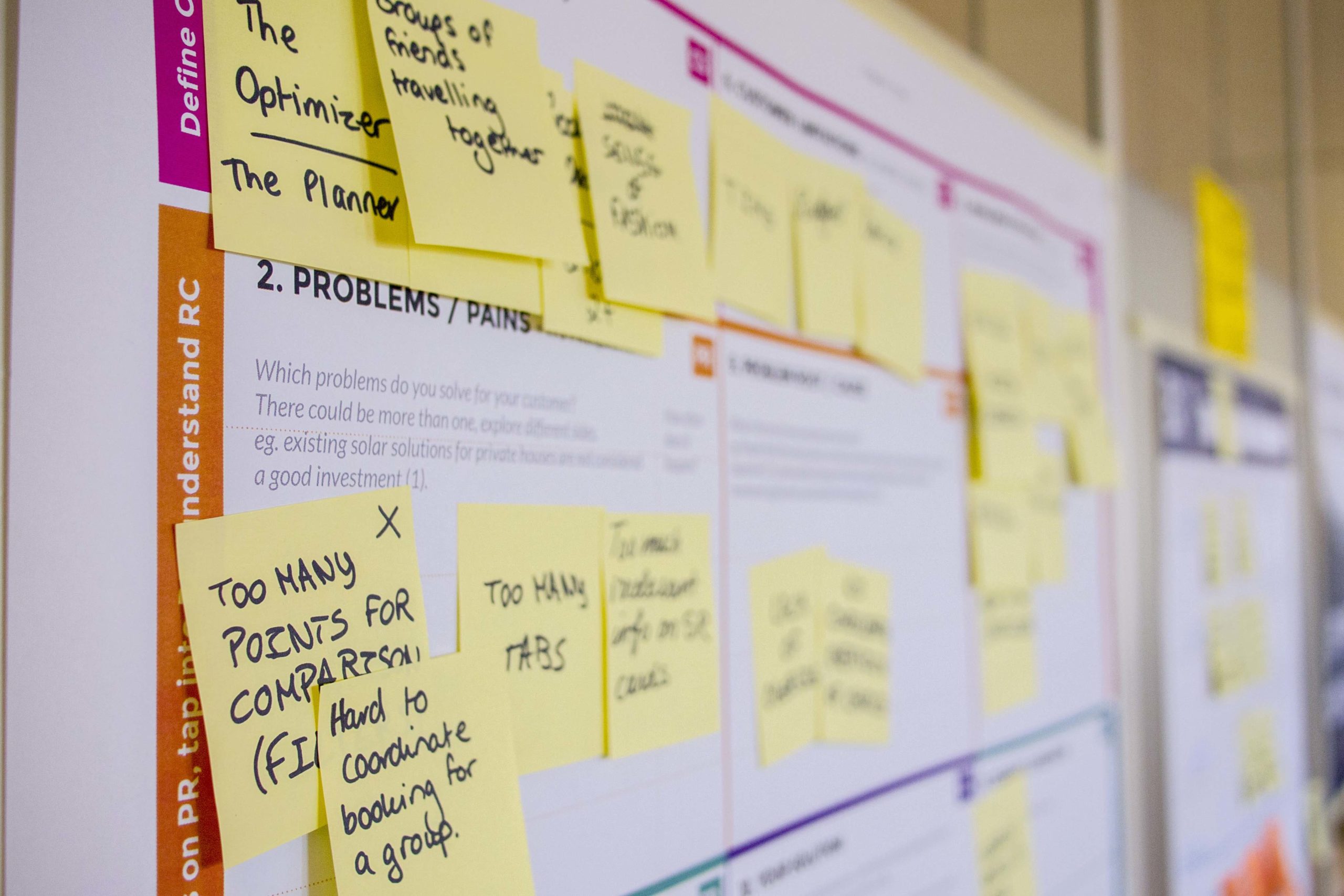The traditional benefits open enrollment period is busy and stressful. Employees must consume a great deal of information and make decisions that will affect their families for an entire year. The days leading up to enrollment deadlines are filled with employees seeking guidance and asking questions of the HR or benefits administration staff who struggle with the annual challenge of helping employees complete the process in time.
About half of employees find benefits enrollment to be “always stressful” according to a survey by Jellyvision. 41% of employees in the survey said the open enrollment process was “extremely confusing” and 20% later regretted their benefit decisions. Complicated benefits enrollment packets are part of the problem. Because of the document’s size and complexity employees don’t spend enough time examining them, often delaying until the last minute. Procrastination generates anxiety for employees and tests the limits of company resources set up to help them. The last week of open enrollment is typically hectic.
All-Purpose Benefit Books
Naturally, employees want access to all the latest relevant information before making their selections. Offerings change every year as insurers and companies update the plans. Employees must carefully review their options to assess the financial impacts of their benefit decisions. Historically, companies informed their employees about benefits by providing them with copies of a single printed enrollment guide. These sizeable publications cover every benefit option available in all employee categories.
This one-size-fits-all approach requires employees to sort out which benefits and versions apply to them. Limitations and exclusions abound. Companies may offer different options for exempt and non-exempt employees, state or region-dependent benefits, union and unrepresented groups, or varied options offered to divisions added via mergers and acquisitions. The resulting benefit books are large and confusing. Employees need help to understand which portions apply to them.
An Efficient Alternative
Fortunately, digital printing has allowed organizations to improve the way they present benefit information to employees. Unlike legacy printing solutions where economies of scale require printing large quantities of identical documents, digital printing workflows create versions focused on the eligibility of distinct employee groups.
Printed benefit books can include or exclude text blocks, pages, forms, or even entire sections depending on the characteristics of the intended audience. Creating and delivering multiple versions typically has no impact on document production costs. Companies can lower the stress levels for staff and employees without spending an extravagant amount on printing. Bindery has also become automated and data-driven, allowing print service providers to supply finished benefit enrollment packets relevant to each class of their client’s employees.
Stop Dreading Open Enrollment
Because digitally printed enrollment packets are specific to identified groups, employees must no longer wade through pages of irrelevant material to find the details they need to make their selections at open enrollment time. The documents are easier to understand, leading employees to make confident decisions, lowering their reliance on HR assistance.
As open enrollment time approaches, companies are discovering digitally printed enrollment materials may be the best way to serve employees and reduce the burden on HR and benefits administrators. For the first time in years, open enrollment may be easier and more efficient than in recent history.
Contact us today to learn more about the advantages of digitally printed benefit enrollment packets for your organization.







